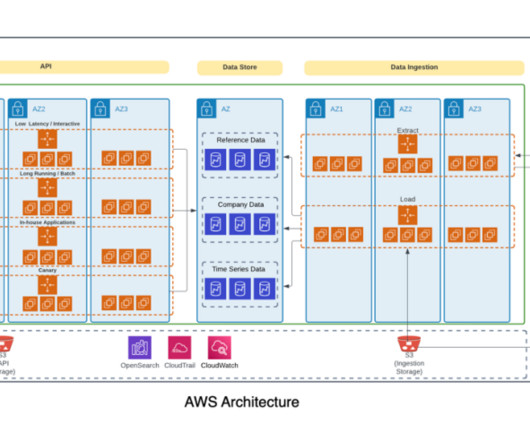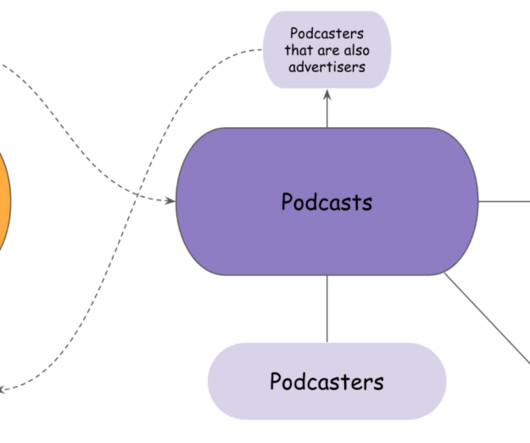Building and Evaluating GenAI Knowledge Management Systems using Ollama, Trulens and Cloudera
Cloudera
MAY 23, 2024
In modern enterprises, the exponential growth of data means organizational knowledge is distributed across multiple formats, ranging from structured data stores such as data warehouses to multi-format data stores like data lakes. This contextualization is possible thanks to RAG.















Let's personalize your content